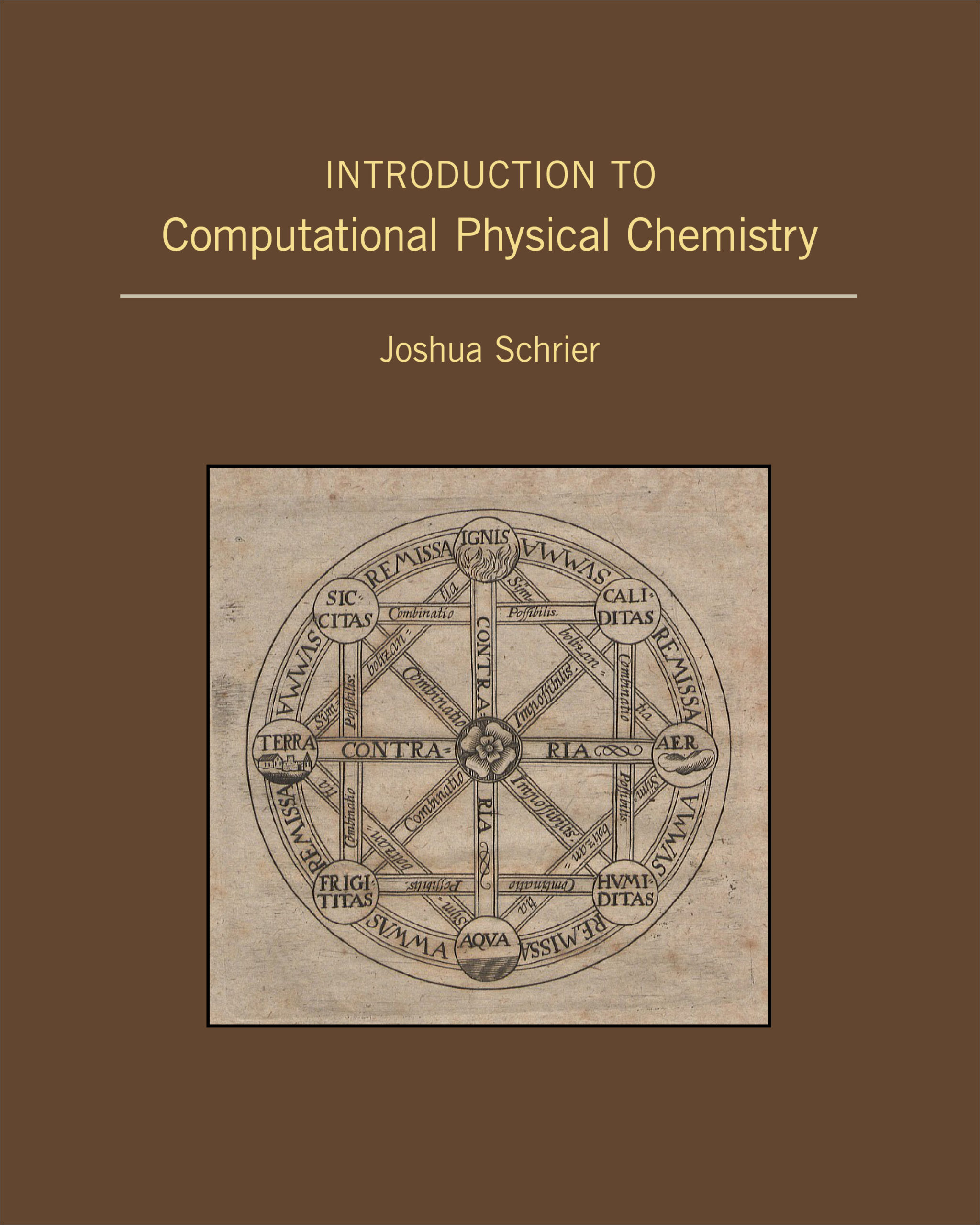
Introduction to Computational Physical Chemistry
This book will revolutionize the way physical chemistry is taught by bridging the gap between the traditional "solve a bunch of equations for a very simple model" approach and the computational methods that are used to solve research problems.
Summary
This book will revolutionize the way physical chemistry is taught by bridging the gap between the traditional “solve a bunch of equations for a very simple model” approach and the computational methods that are used to solve research problems. While some recent textbooks include exercises using pre-packaged Hartree-Fock/DFT calculations, this is largely limited to giving students a proverbial black box. The DIY (do-it-yourself) approach taken in this book helps student gain understanding by building their own simulations from scratch. The reader of this book should come away with the ability to apply and adapt these techniques in computational chemistry to his or her own research problems, and have an enhanced ability to critically evaluate other computational results. This book is mainly intended to be used in conjunction with an existing physical chemistry text, such as McQuarrie & Simon’s Physical Chemistry: A Molecular Approach, but it is also well suited as a stand-alone text for upper level undergraduate or intro graduate computational chemistry courses.
- Assumes no computational background.
- Enables students to build simulations from scratch to reproduce famous literature calculations.
- Teaches a variety of computational/numerical/simulation methods, applicable to solving chemical problems.
- Designed to “play well” with McQuarrie & Simon’s landmark P CHEM text, but can be used with others as well.
Resources
List of Adoptions
Preface
Complete Frontmatter
Thermo Syllabus
Quantum Syllabus
Preview Sample Chapter 6: Hückel Molecular Orbital Theory
Preview Sample Chapter 15: Kinetics
Errata
Table of Contents
Preview Sample Chapter 6: Hückel Molecular Orbital Theory
Reviews
“…an amazing and valuable book to utilize.”
-ChemEd XChange
“I really like the book. While it touched on several areas that are applicable to the use of computational methods, it also had several applications that I would not have intuited myself but were very useful and very well presented. It will make a nice complement to McQuarrie & Simon.”
-Rick Toomey, NW Missouri State University
“This is a great book from an articulate author; it will be an instant classic and a standard reference.”
-Mervin Hanson, Humboldt State University
“I read every word and I think it is excellent. As one of the original reviewers of McQuarrie & Simon’s P CHEM book, I am delighted to see this companion computational text that fits so well with this iconic text.”
-George Shields, Furman University
‘”This book fills a critical gap in textbooks available for undergraduate physical chemistry courses. Traditional textbooks cover the principles of physical chemistry, but Schrier explores the subject much as a current practitioner of physical chemistry would. That is, by using computational resources and numerical methods to introduce methods that can be (and are) employed by practicing physical chemists.”
-Mark D. Marshall, Amherst College

